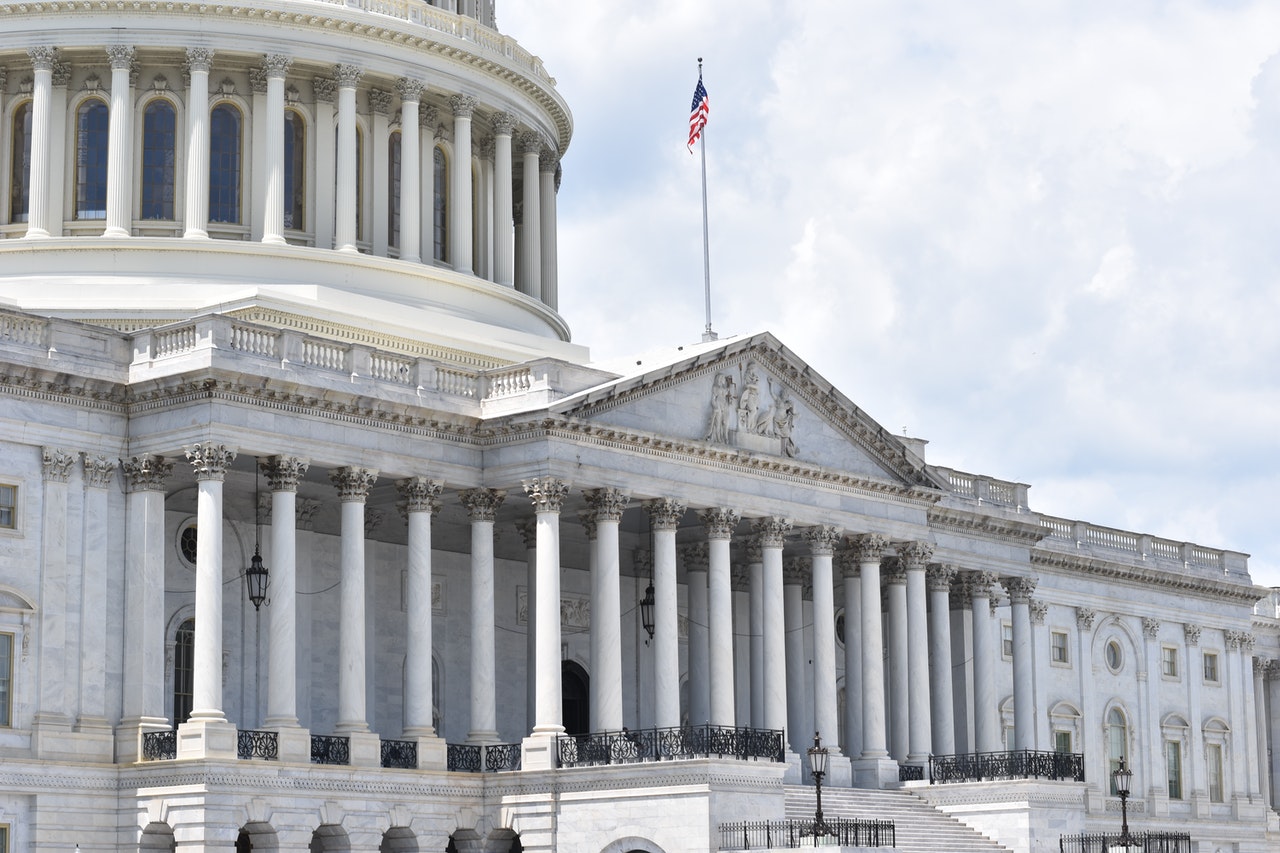
In our previous posts on the history of Social Security, we looked at Civil War pensions and company pensions, two attempts at helping older Americans find financial security later in life. Today, we turn to the development and passage of the Social Security Act. This landmark piece of legislation, passed in 1935, marked the beginning of a program that would provide for the most vulnerable Americans for decades to come.
The Social Security Act
In the early 1930s, as company pensions and other forms of economic assistance proved to be unsustainable and unpopular, the government looked to other solutions. President Franklin D. Roosevelt formed a committee on economic security in 1934 to study the issue and make recommendations.
According to the Social Security Administration, the committee spent time looking into how European countries had tackled the issue of economic insecurity and also conducted a town-hall forum to hear from everyday Americans. It took only six months before the committee put together a proposal. This would become the basis for the Social Security Act.
A few of the provisions of the act included:
- “Old-Age Benefits”, which we know think of as Social Security
- Unemployment insurance
- Aid to dependent children
It also included grants to states as a short-term form of financial relief for seniors as the federal benefits began. The Social Security Act included provisions to begin collecting payroll taxes that would serve as payment into the program. Because of this, it took several years for seniors to begin receiving benefits they had contributed.
The bill passed quickly. It made its way through the House and Senate and President Roosevelt signed it into law in July 1935. Then, as the law took hold, workers began to sign up for benefits.
The Seniors Center: Working to Protect Social Security
The Seniors Center exists to fight for the future of Social Security — and the seniors who rely on it. Follow us on Twitter and Facebook for more on the history of Social Security, and tune in for Part 4 next Friday!



